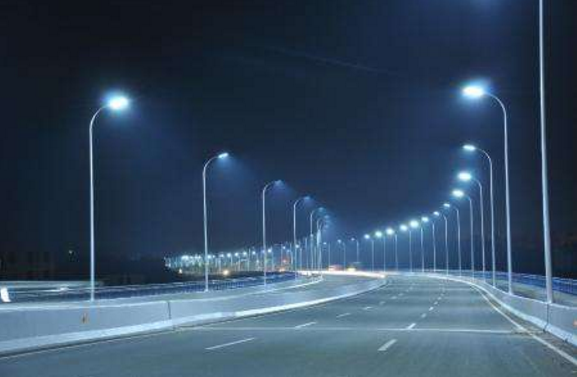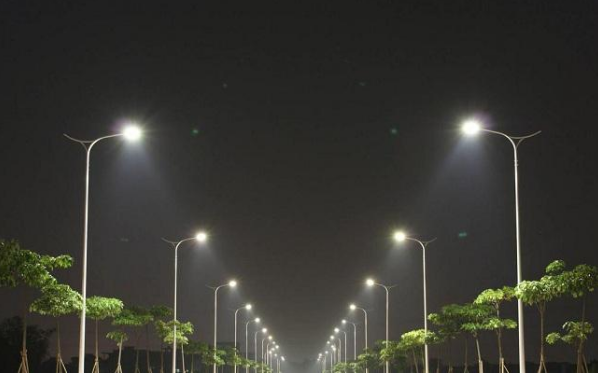Guide: Have you ever noticed the LED street lights on your way home from work? These days, they are becoming more and more attractive, lighting up the streets with a soft, elegant glow. Unlike traditional street lights, LED street lights offer a range of benefits that make them a smart choice for modern cities. But what exactly are LEDs, and can you use them at home? If you're curious about how LED street lights work, follow along with Xiaobian as we explore this fascinating technology!

LED Street Light
What Are LED Street Lights?
LED street lights are outdoor lighting systems that use light-emitting diodes (LEDs) as the light source. Compared to traditional street lights, they offer numerous advantages such as high efficiency, energy savings, environmental friendliness, long lifespan, fast response time, and excellent color rendering. These features make them an ideal solution for urban lighting, helping reduce energy consumption and maintenance costs. Unlike conventional lamps, which often use high-pressure sodium or gas discharge technology, LED lights operate on low-voltage DC power. They produce white light by combining blue LEDs made from gallium nitride (GaN) with yellow phosphors, resulting in a bright and clear illumination.
How Are LED Street Lights Different from Regular Ones?
One of the key differences between LED street lights and traditional ones is their energy efficiency. LED lights generate light directly through the movement of electrons in a PN junction, minimizing energy loss. In contrast, traditional street lamps like high-pressure sodium or gas discharge lamps require more complex processes, leading to greater energy waste. Additionally, the direction of light from traditional lamps is less controlled, causing unnecessary light pollution. LED lights, on the other hand, allow for precise beam control, making them more effective and efficient. Although LED street lights may have a higher upfront cost, their longer lifespan and lower energy consumption make them a better value in the long run.
What Are the Disadvantages of LED Street Lights?

LED Street Light
While LED street lights are highly efficient and beneficial, they also come with some challenges:
- Single LED power is relatively low, so multiple LEDs need to be connected in parallel to achieve higher power output.
- The color rendering index of LEDs is not as high as that of incandescent lamps, which can affect the accuracy of colors under LED light.
- Some LED street lights may show "yellow circles" due to manufacturing defects or misalignment with reflectors or lenses.
- Without proper secondary optical design, LED illumination can be uneven, creating concentrated light spots. A bat-shaped light distribution pattern is usually needed for even coverage.
- High-power LEDs tend to experience light decay over time, especially if heat dissipation is inadequate. This limits the maximum power that can be used, with most commercial LED street lights reaching up to 360W.
Despite these challenges, LED technology continues to improve, making it an increasingly popular choice for street lighting around the world. Whether you're looking to upgrade your home lighting or simply curious about the future of urban illumination, LED street lights are definitely worth considering.
Agricultural Drone Battery,Different Types Of Drone Batteries,Agricultural Drones For Spraying Battery,Agriculture Drone Battery
Shenzhen Jentc Technology Co., LTD , https://www.phenyee.com